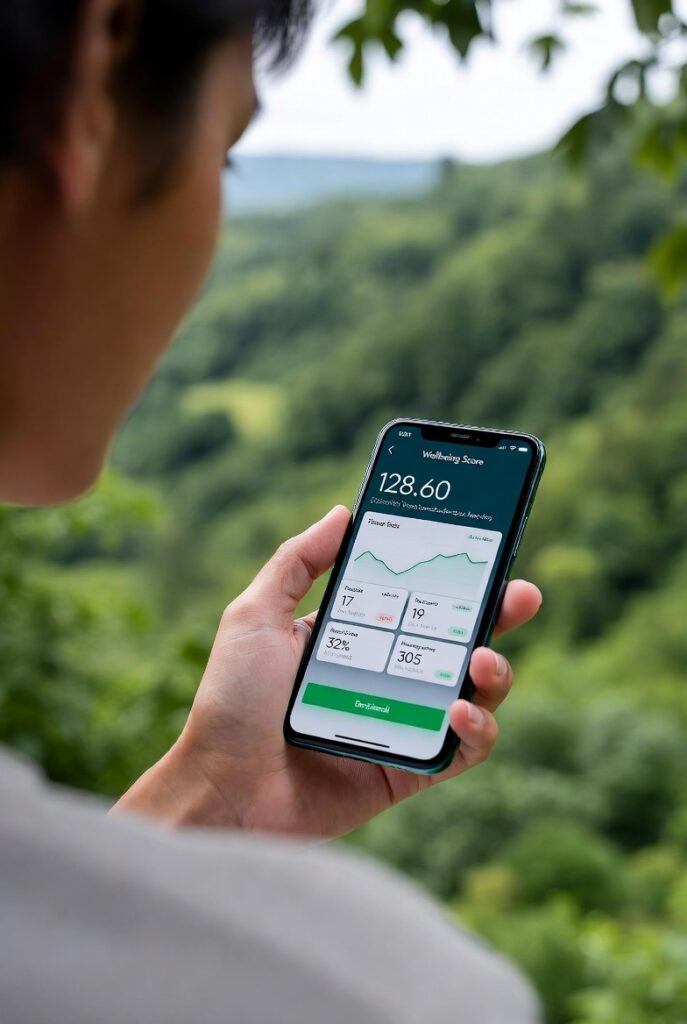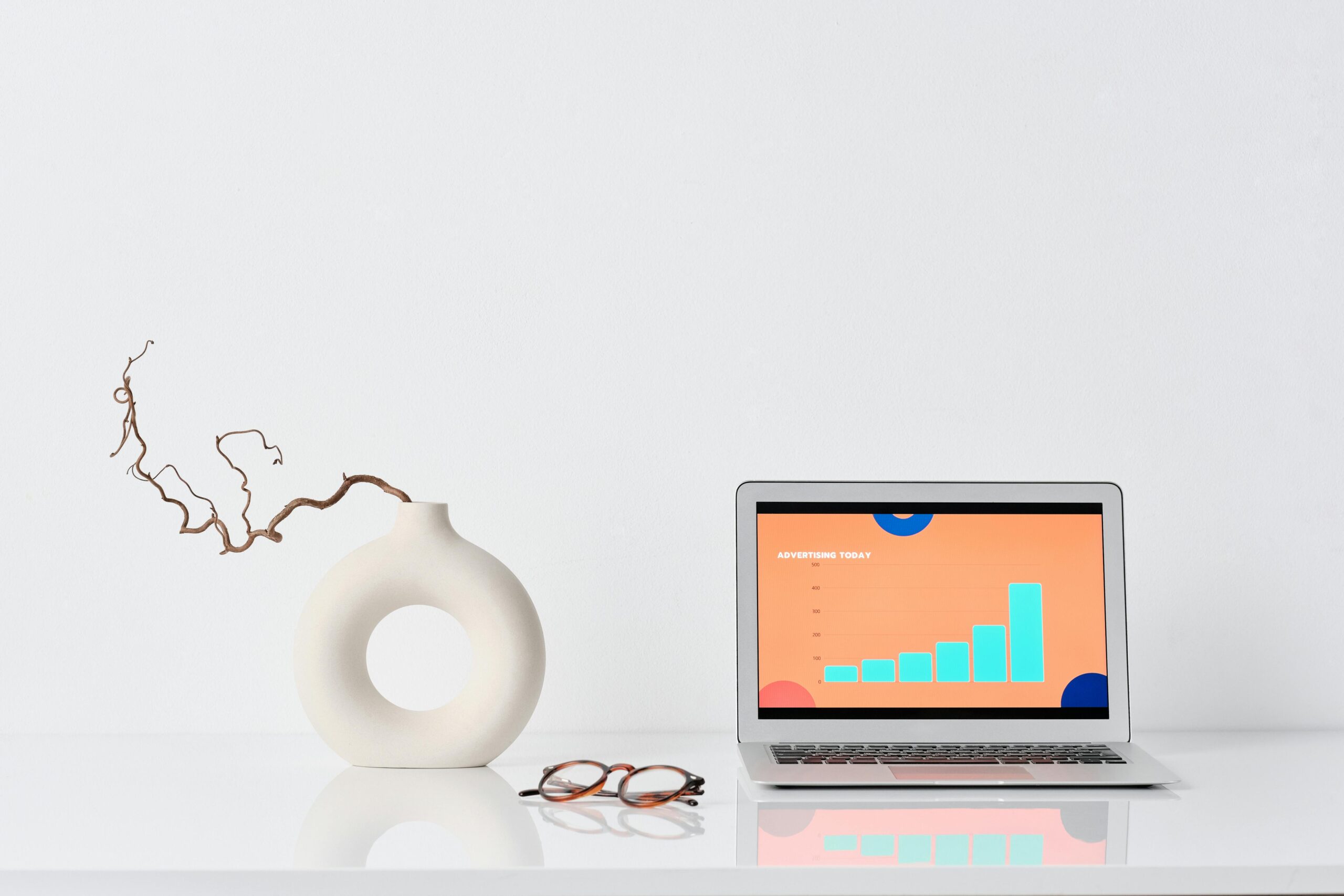Hey there, friend. It’s October 27, 2025, and if you’re anything like me, you’re already feeling the pre-Halloween frenzy—carving pumpkins, dodging candy temptation, and juggling work deadlines as the end-of-year rush creeps closer. Just yesterday, I was helping my niece pick out her costume while wrestling with my inbox—talk about chaos! But here’s a fresh stat that grabbed my attention: according to a new report from the Global Wellness Institute, over 60% of adults worldwide are reporting higher stress levels this fall, yet AI innovations are stepping up to help us find calm. At Zentechflow.com, we’re all about using simple tools to ease that tension. Today, let’s explore AI-powered wellbeing quantification, a cutting-edge trend that’s making mental health tangible and manageable for beginners like us seeking real stress relief.
So, what exactly is AI-powered wellbeing quantification? It’s this emerging approach where artificial intelligence crunches data from your daily life—think mood logs, sleep patterns, or even voice tones—to create a personalized “wellbeing score.” Unlike generic fitness trackers, this tech goes deeper, measuring emotional resilience and spotting subtle shifts before they snowball into full-blown anxiety. Launched just today by Alpro Health in their “Happier Project,” it’s already buzzing in tech circles for making mental wellbeing measurable and actionable. Picture this: you’re winding down after a tough day, and your app flags that your stress is spiking due to irregular breathing—then it suggests a quick breathing exercise tailored to you. Benefits? Huge for mental health. It reduces anxiety by empowering you with data-driven self-awareness, much like how a friend might notice you’re off and gently nudge you toward better habits. In real-world scenarios, busy parents during holiday prep could use it to balance family time without burnout, or remote workers might catch early signs of isolation, preventing that overwhelming dread. It’s empathetic tech at its best, helping us reclaim control in a world that’s anything but predictable.
Wondering how you can weave this into your routine without feeling overwhelmed? Start small—it’s all about building habits that stick. First, grab a free app like the new Happier Project tool or similar ones popping up (check app stores for “AI wellbeing trackers”). Log your moods twice a day: morning vibes and evening reflections. The AI does the heavy lifting, analyzing patterns to give you a daily score out of 100. Next, act on the insights— if your score dips below 70, try a five-minute walk or journaling prompt the app recommends. Over time, integrate wearables; sync your smartwatch to feed in heart rate data for more accurate quantification. Finally, review weekly trends: celebrate wins, like how consistent sleep boosted your resilience by 15%. It’s beginner-friendly, no tech wizardry needed, and you’ll notice stress melting away as you make informed tweaks. Remember, it’s about progress, not perfection—be kind to yourself along the way.
Ready to level up? These Udemy courses will equip you with the skills to understand and even build your own AI-powered wellbeing quantification tools. They’re perfect for newcomers craving practical, hands-on learning.
- NumPy, Pandas, & Python for Data Analysis: A Complete Guide (4.2 stars, 26k+ students) – Unlock the full potential of data analysis with NumPy, Pandas, and Python in this comprehensive, hands-on course! Whether you’re a beginner or looking to sharpen your skills, this course will guide you through everything you need to master data analysis using Python’s most powerful libraries. Enroll now and enhance your data analysis skills using Python!
- Bubble AI: Learn Full Stack No-Code App Development (3.3 stars, 200+ students) – Learn to build full-featured web apps—without writing a single line of code—using Bubble, the leading visual development platform with powerful AI integrations. Sign up today and discover a faster way to prototype, or a non-coder ready to bring your big idea to life!
- Practical Introduction to Machine Learning with Python (4.5 stars, 10k+ students) – This course is targeted at a broad audience at an introductory level. By the end of this course you will understand the benefits of machine learning, how it works, and what you need to do next. Join now if you want to leverage their skills to add value in machine learning development project.

Unlock AI-powered wellbeing quantification for effective stress reduction
Of course, with great tech comes responsibility—we’ve got to approach this empathetically. Privacy is key; always choose apps with strong data encryption to keep your emotional insights yours alone. And while AI-powered wellbeing quantification is a fantastic supplement, it’s not a stand-in for professional therapy if things get heavy. Think of it as a supportive buddy, not a cure-all, ensuring we use it mindfully to avoid over-reliance or misinterpretation of scores.
As we head into 2025, embracing AI-powered wellbeing quantification could be your secret to a more balanced life, less guesswork, more zen. Why not give it a shot? Head to Udemy, enrol in one of those courses, and share your journey on socials with #ZentechflowZen. You’ve got this, here’s to feeling lighter and brighter every day.
Affiliate Disclosure: This article may include affiliate links to products or services we recommend, such as those from Udemy, Hotmart, Amazon, or Todoist. If you make a purchase through these links, we may earn a small commission at no extra cost to you. These commissions help us keep ZenTechFlow.com running and continue providing valuable tips and reviews to support your journey toward technological wellness. Thank you for your support!

